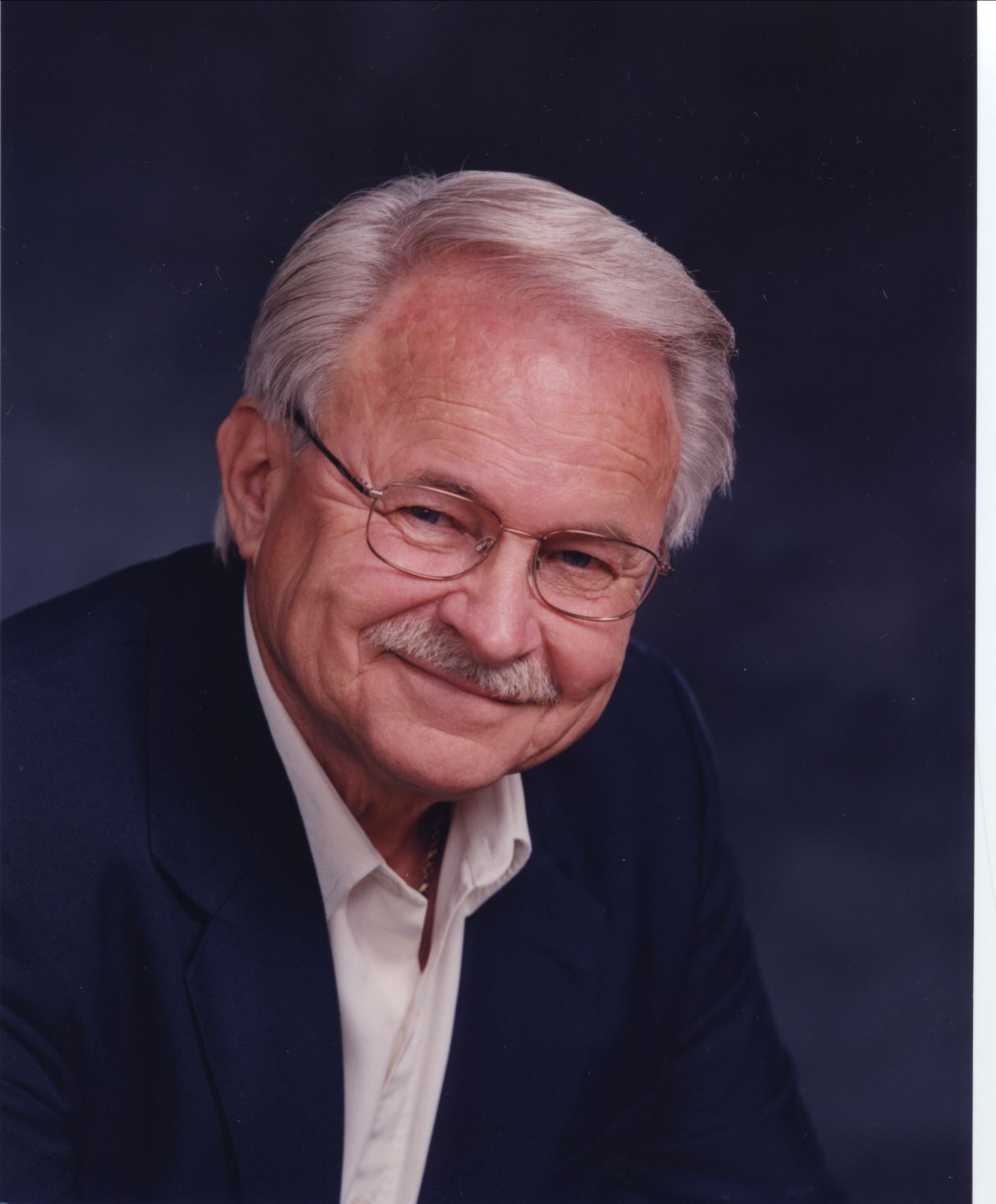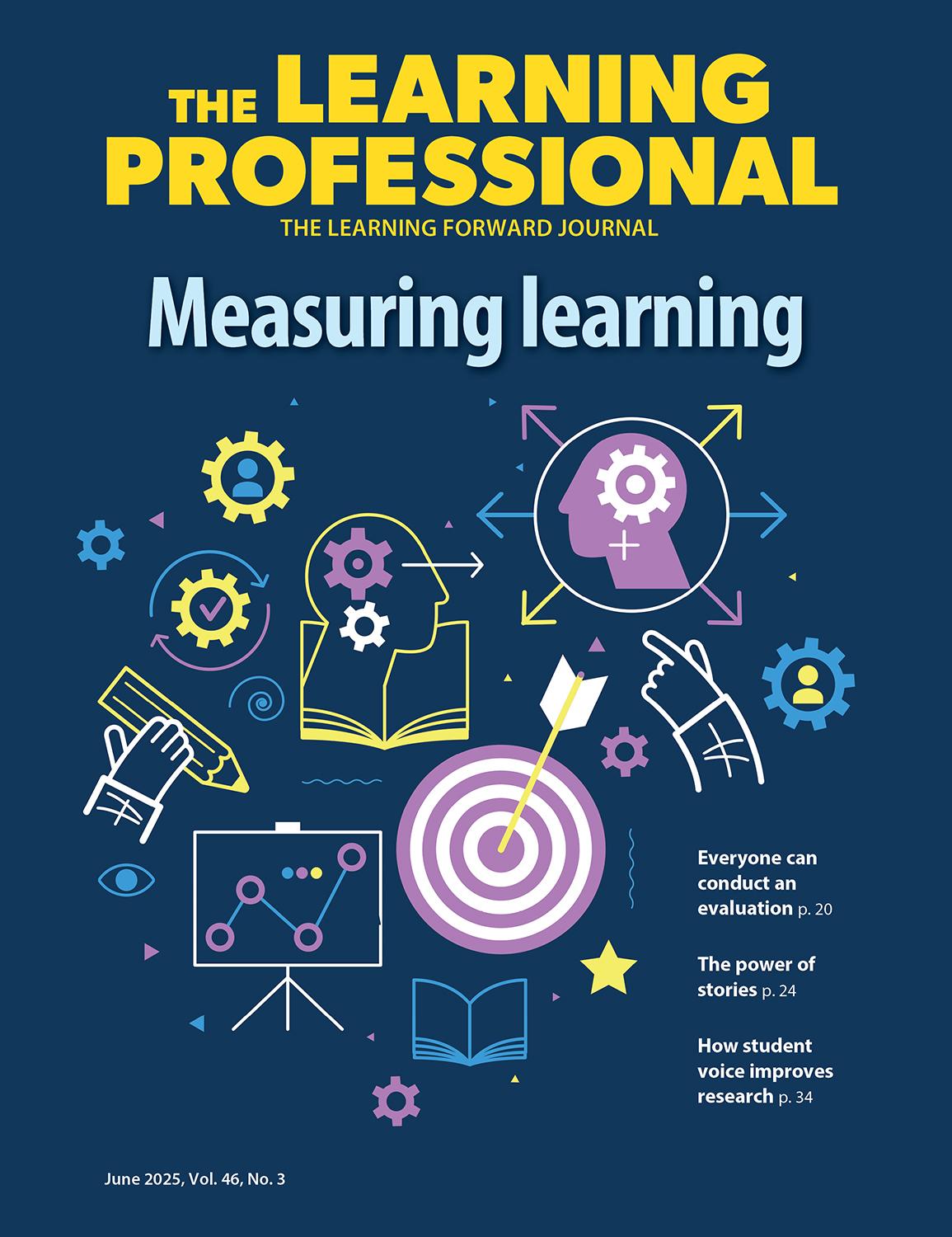Collaborative culture
The Citizen Facilitator Can Keep a Small Group Moving Toward a Goal
By Robert J. Garmston
June 2007
Read the remaining content with membership access. Join or log in below to continue.
Sed ut perspiciatis unde omnis iste natus error sit voluptatem accusantium doloremque laudantium, totam rem aperiam, eaque ipsa quae ab illo inventore veritatis et quasi architecto beatae vitae dicta sunt explicabo. Nemo enim ipsam voluptatem quia voluptas sit aspernatur aut odit aut fugit, sed quia consequuntur magni dolores eos qui ratione voluptatem sequi nesciunt. Neque porro quisquam est, qui dolorem ipsum quia dolor sit amet, consectetur, adipisci velit, sed quia non numquam eius modi tempora incidunt ut labore et dolore magnam aliquam quaerat voluptatem.
Tasks of The Citizen Facilitator
- Develops the agenda either before the meeting or with the group.
- Opens the meeting.
- Achieves role clarification for self and for members who may periodically and informally rise to facilitate or record.
- Describes the task as a product — something the group will see or hear when done.
- Calls on others to start the conversation.
- Engages in conversation as appropriate.
- Protects processes, especially one topic and one process at a time.
- Watches for and initiates transitions.
- Asks who will do what by when.
- Calls for meeting assessment.
- Closes Meeting.
References
Garmston, R. & Wellman, B. (1999). The adaptive school: A sourcebook for developing collaborative groups. Norwood, MA: Christopher-Gordon.

Robert J. Garmston (fabobg@gmail.com) is an emeritus professor of education administration at California State University, Sacramento, and co-developer of Cognitive Coaching and Adaptive Schools.
Recent Issues
NAVIGATING NEW ROLES
April 2025
Whether you’re new to your role or supporting others who are new,...
LEARNING DESIGNS
February 2025
How we learn influences what we learn. This issue shares essential...
BUILDING BRIDGES
December 2024
Students benefit when educators bridge the continuum of professional...
CURRICULUM-BASED PROFESSIONAL LEARNING
October 2024
High-quality curriculum requires skilled educators to put it into...








